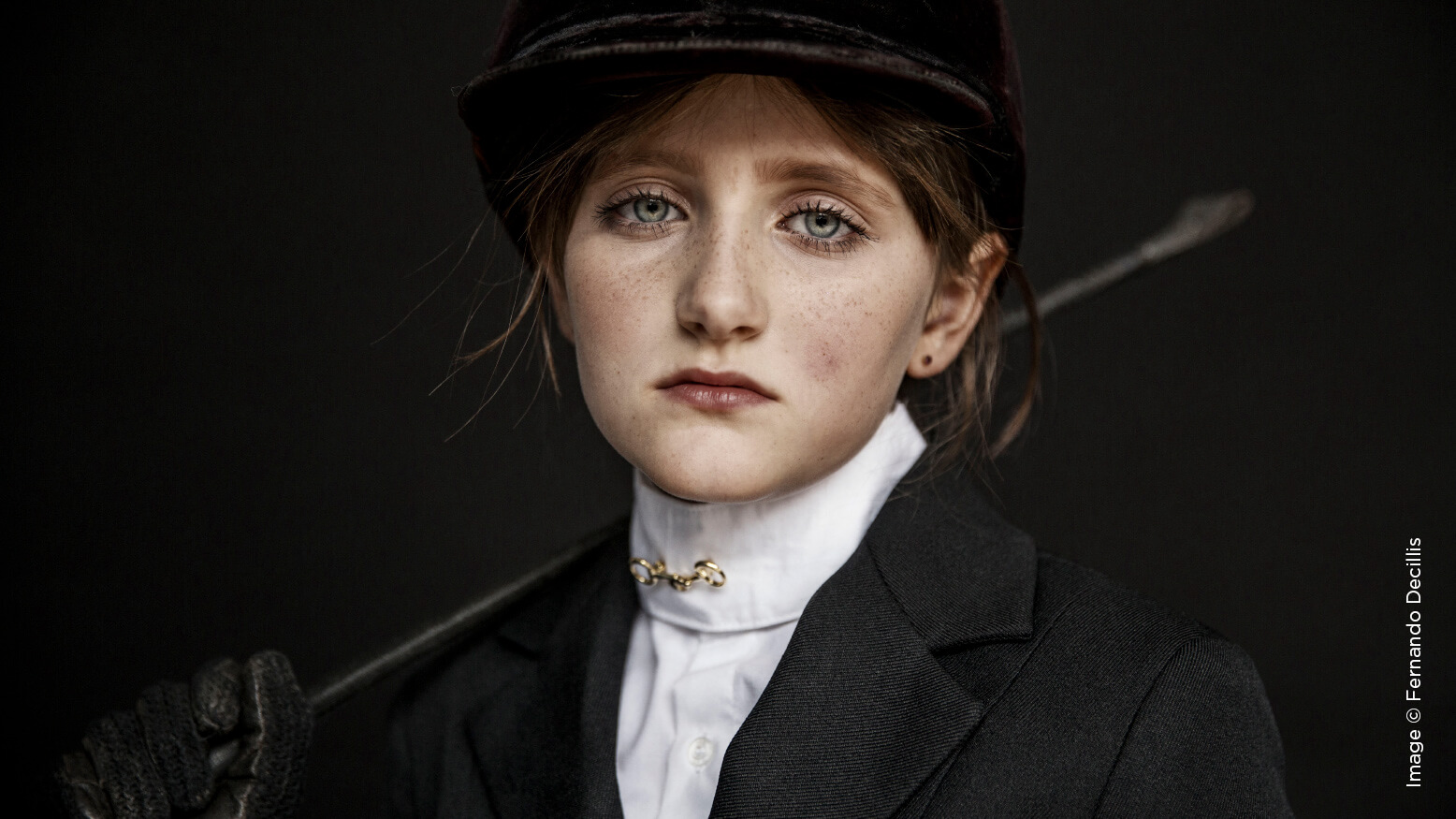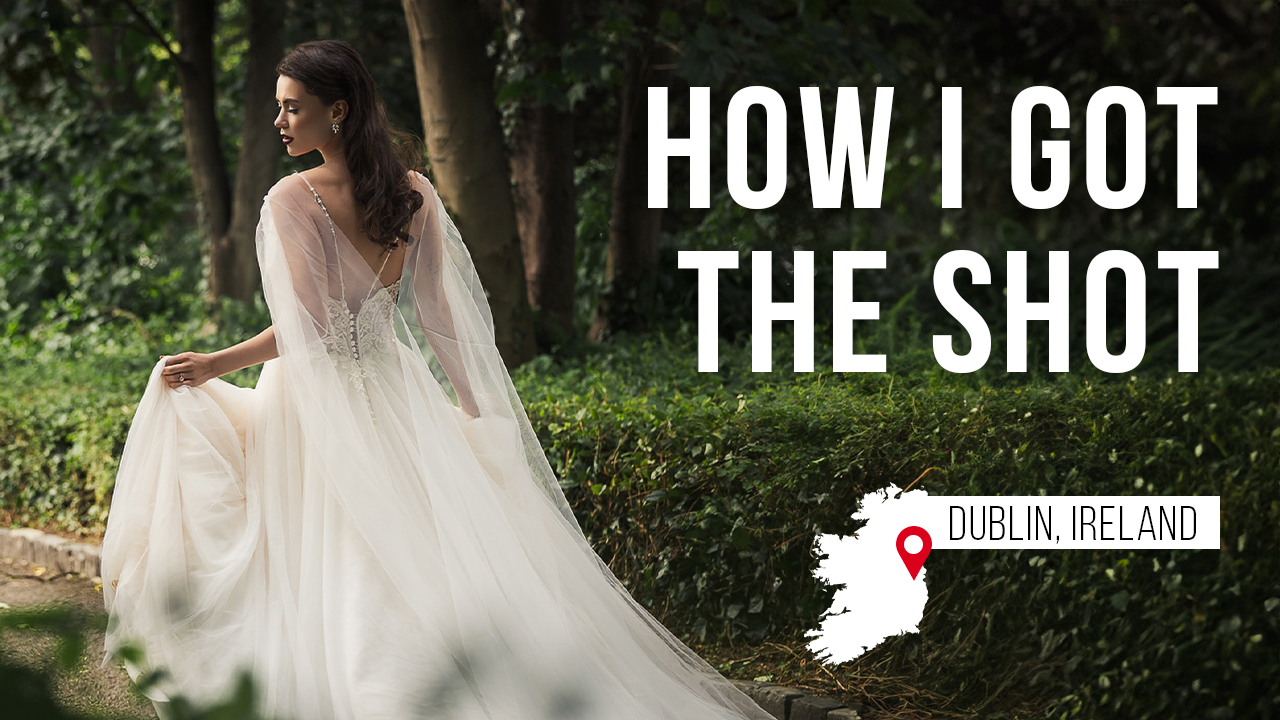Storytelling in Commercial and Editorial Photography with Fernando Decillis & Kimberly R. Fulton
Want more information on this article? Get access to video content and additional supporting images. Launch the October 2017 issue of the magazine by logging in or signing up for a free account. Shutter Magazine is the industry’s leading professional photography magazine.
Every time I look at a project, I ask myself, “What’s the story?” In commercial photography, a team of creatives conceives stories around a concept to sell a product. In editorial photography, the subject is the story, and I collaborate with a writer and photo editor to illustrate that person’s story.
Then there are personal projects, where I have the opportunity to mix those worlds together. Whether my job is to adapt a story into an image for a client, magazine or myself, or to simply photograph what or who is there, my process involves an interplay of three equally weighted components that make an image work: light, subject and context.
Light
Light can transform spaces, faces and even color. Our ability to perceive color and visual form are born out of light. When shooting on location, I use a mix of natural and artificial light. A sea that looks green at sunset may be blue in the light of day.
The picture of the divers at night and the picture of the castaway on the sea were shot at the same location at different times, and the light completely changed the environment. Light changes what a picture can accomplish. A stout face with a protruding nose may realize the humanity of its unique curves and lines in a dark room with only the soft light of a bedside table. A flash of sunlight from a tin pan on the face of a farmer giving directions could be the element that burns an image into your mind for months.
The light is part of the story a space tells. I look for windows, lamps, reflections, light filtering through trees or clouds, all of which help me tell the story.
Subject
The stories I tell are usually based on people or characters. They’re not always pretty, but subjects can inject profound beauty into our work. Most people I photograph are not models; they’re real people who aren’t accustomed to sitting in front of a professional photographer with lights and assistants. I find an essential quality in each person I photograph, something I can relate to in each person. If I am able to empathize with my subject, I can more easily make that person comfortable in front of my lens.
Sometimes it’s as easy as realizing that someone is nervous, and providing a distraction. A simple strategy I use is to ask subjects to fix their collar, reapply lipstick or identify a strange noise. Just being aware of our surroundings together can create the connection that helps the person in front of the camera to relax. Someone who is at ease is much more likely to give you their best.
I once made a whole series of pictures while driving through the Colombian countryside asking people for directions. My assistant and I turned off our cellphones and drove from Bogotá to a national natural park eight hours away. As locals gave us directions, I covertly took their picture. The black-and-white photo of the farmer is from that series. An awareness of our surroundings—by both photographer and subject—creates the connection that helps the person in front of the camera to relax.
The locals we shot were mostly unaware of the camera. Someone who is at ease is much more likely to give you their natural self. An unguarded presence shows up better on camera. There are also times when I take pictures of people who are on-camera professionals. Since I know those subjects will show up and look great on camera, I have a chance to focus more on the context around them.
Context
Context is a subject’s story, the overarching theme or reason for the picture. Context is created with a mixture of light, location, props, clothing, and subjects’ facial expressions and actions. Having a vision for the story keeps me focused on the end goal. If I stick to the narrative, it’s easier to come up with ideas and direction for the subject.
When the narrative is clear, the people I am shooting have an easier time improvising. There are creative contributions coming from so many people on each shoot. There are creative directors, art directors, stylists, clients, photo editors, writers, talent and the subjects themselves—they all create context for the subject. In the end, my goal is to make a memorable image. I want to make images interesting enough that people want to spend time looking around to make sure they didn’t miss something. I want to make images that people want to read like chapters of books.
The way we tell stories about the human experience is continually evolving. Time continues to move forward and change us all. There is something about the human condition that makes us yearn to preserve the flagship moments in our lives, beacons of hope or maybe catharsis.
I shoot for catharsis in my personal images. The assignments with all the stylistic prescriptions are practice. I’m practicing telling stories about real people leading real lives.





This Post Has One Comment
Wonderfully concise and cathartic in itself. Thank you